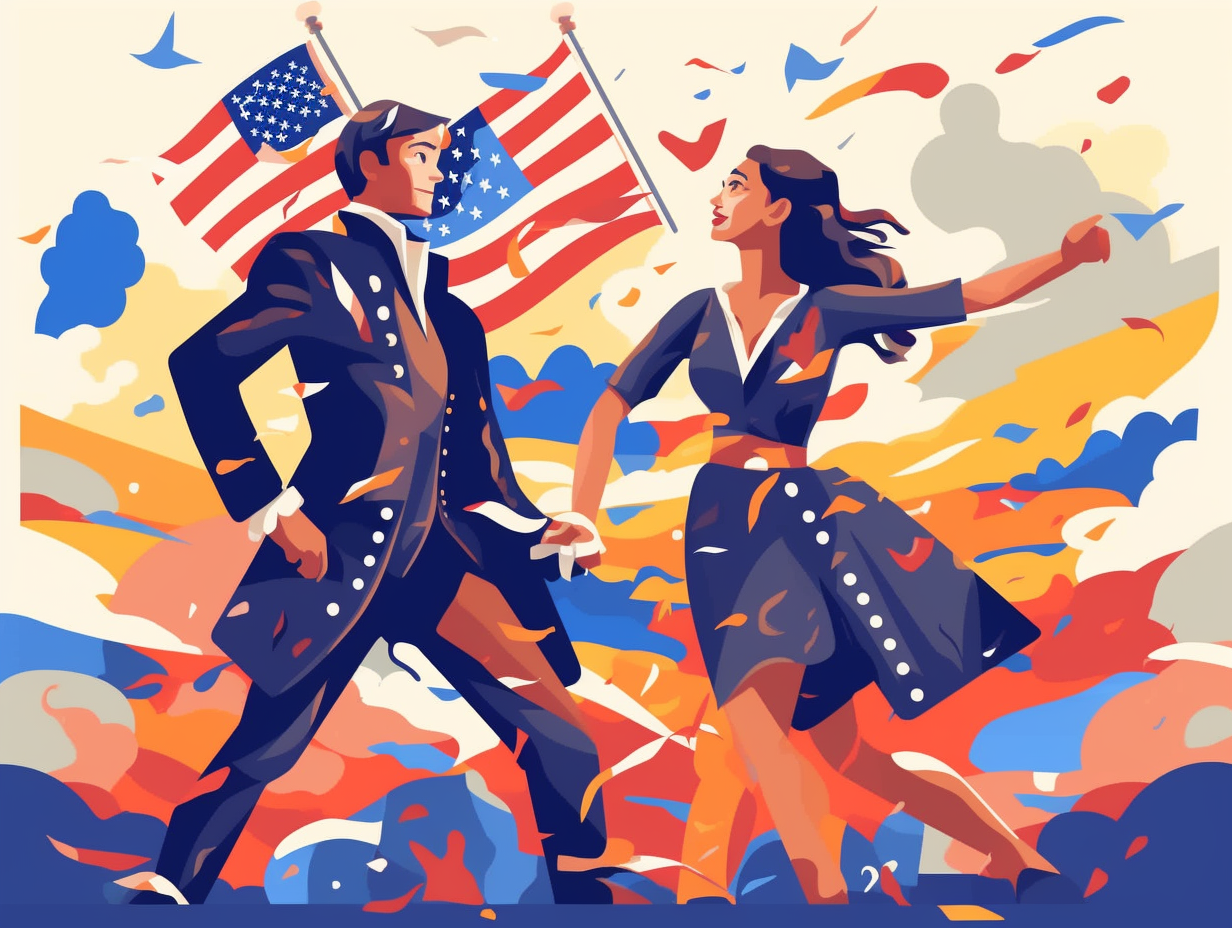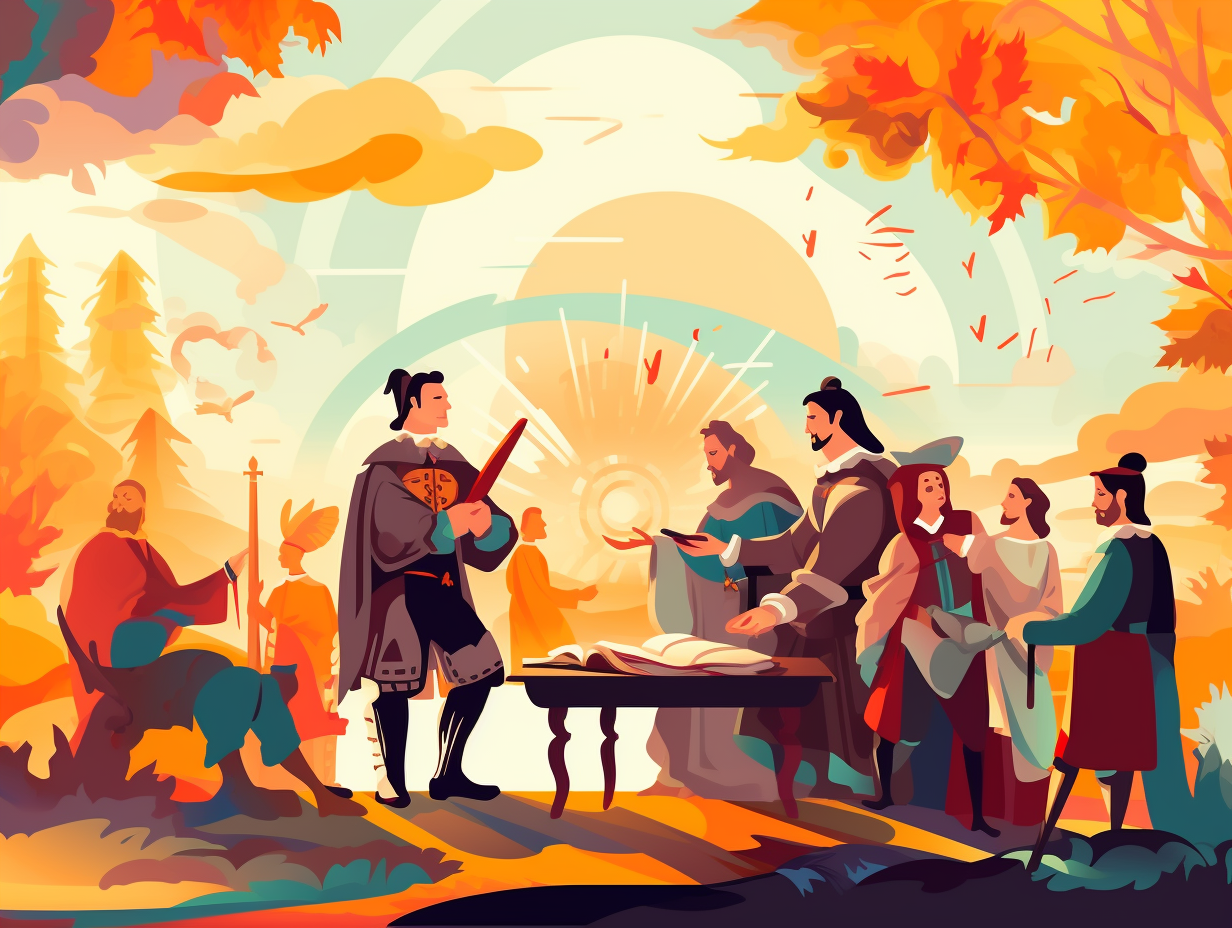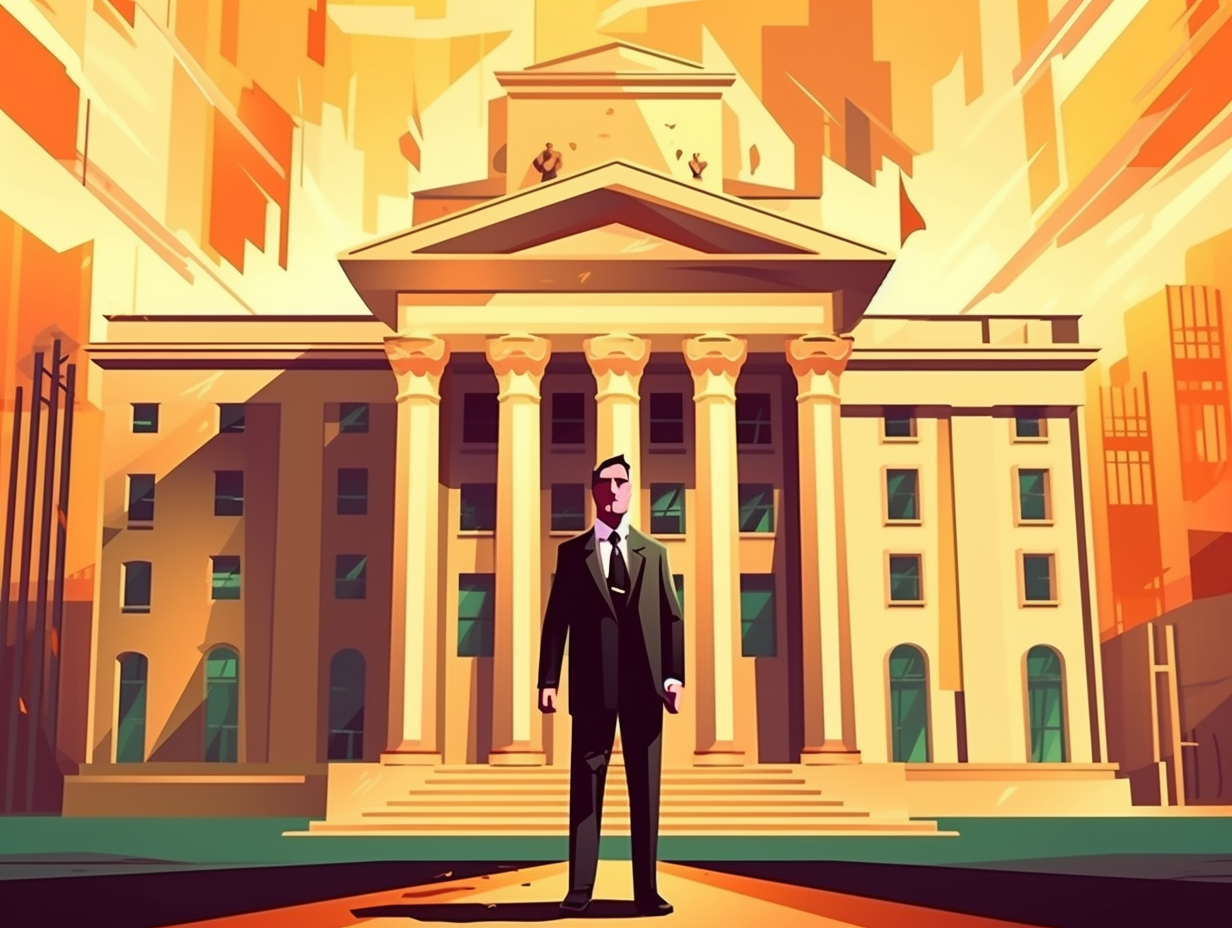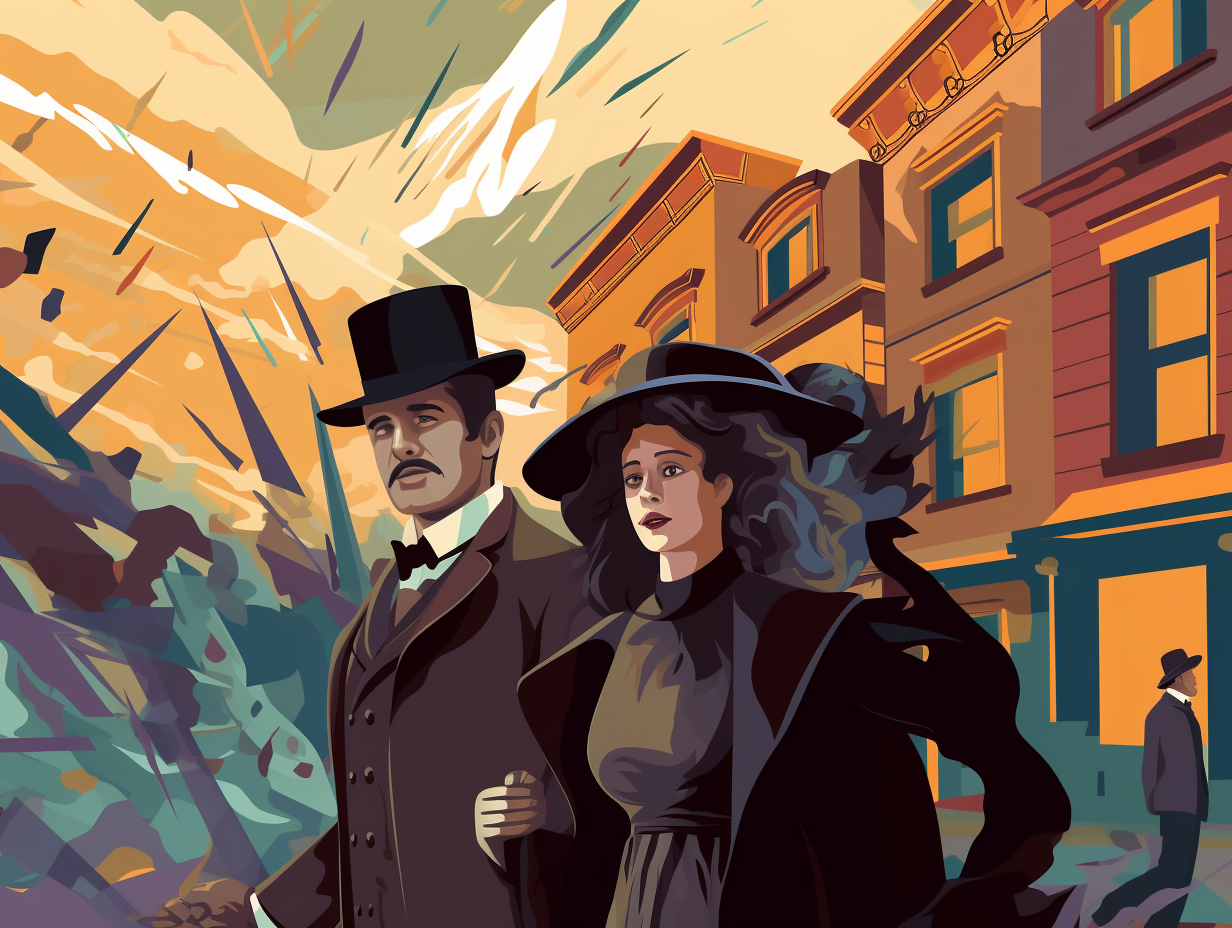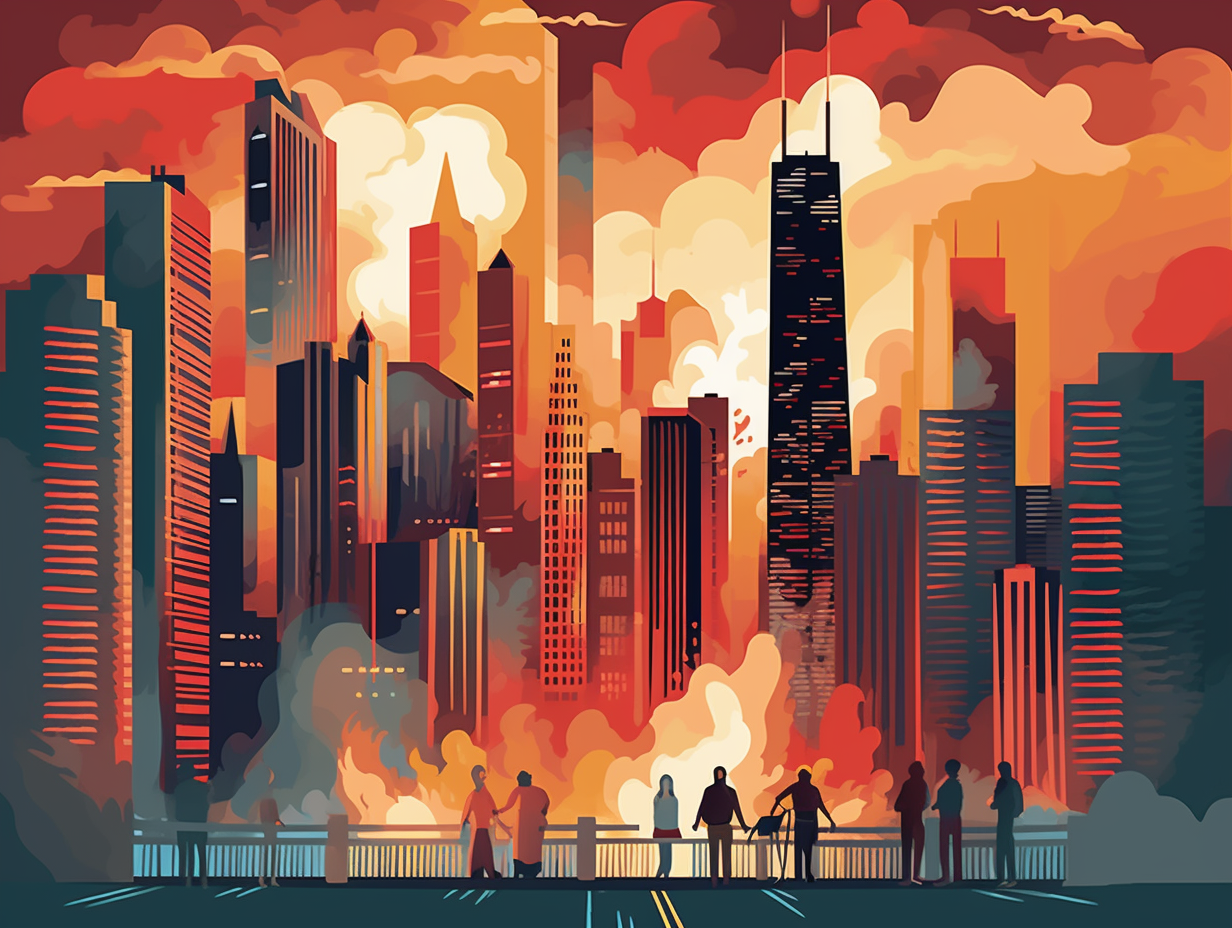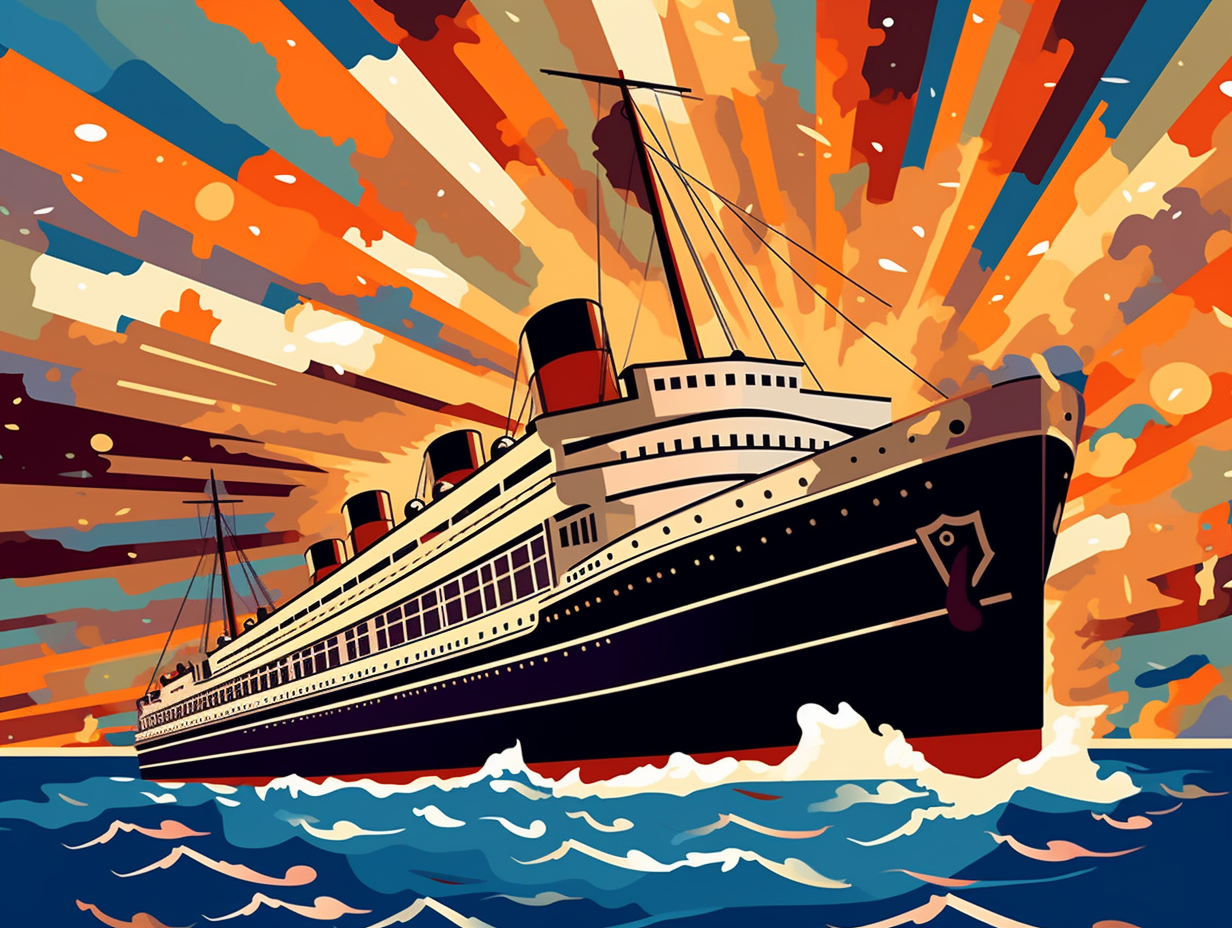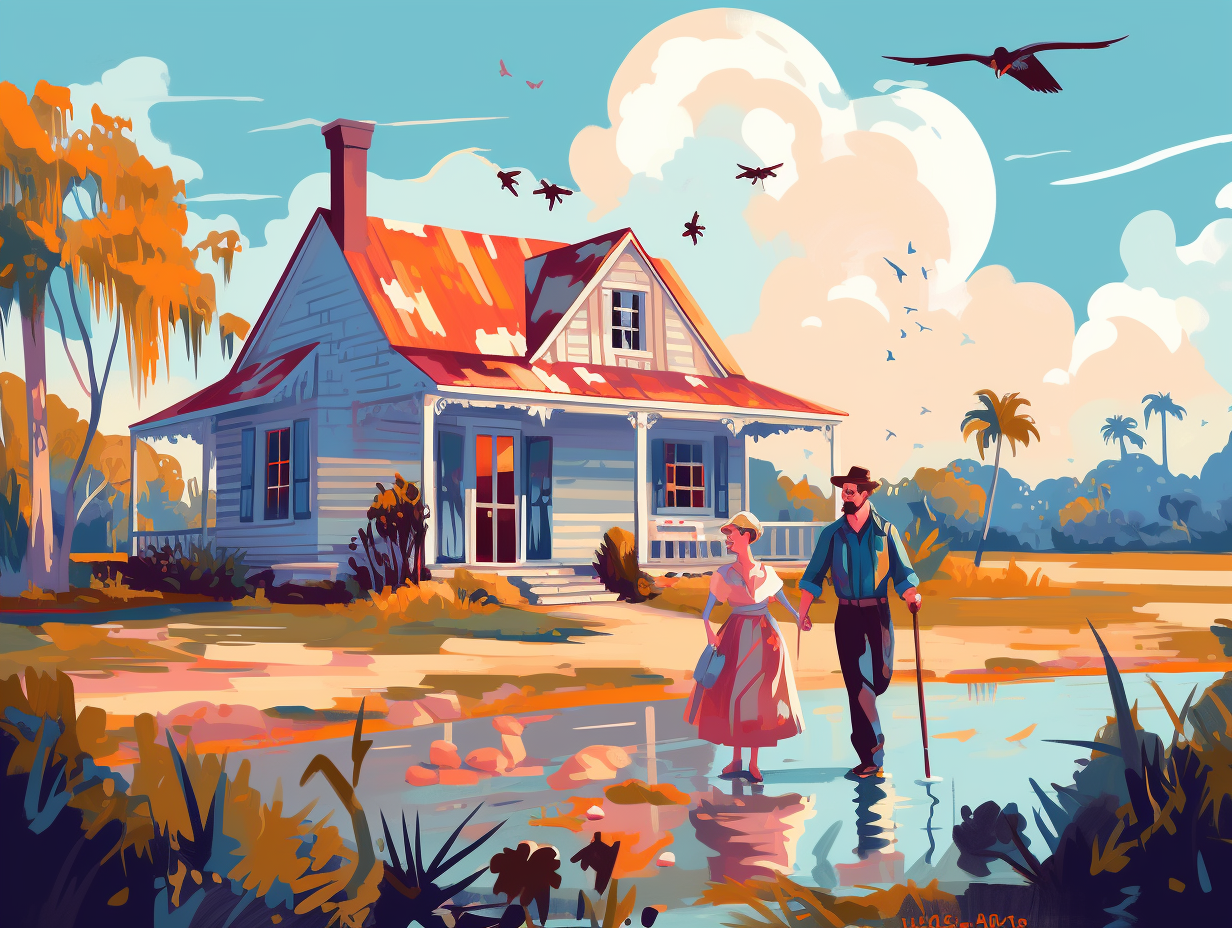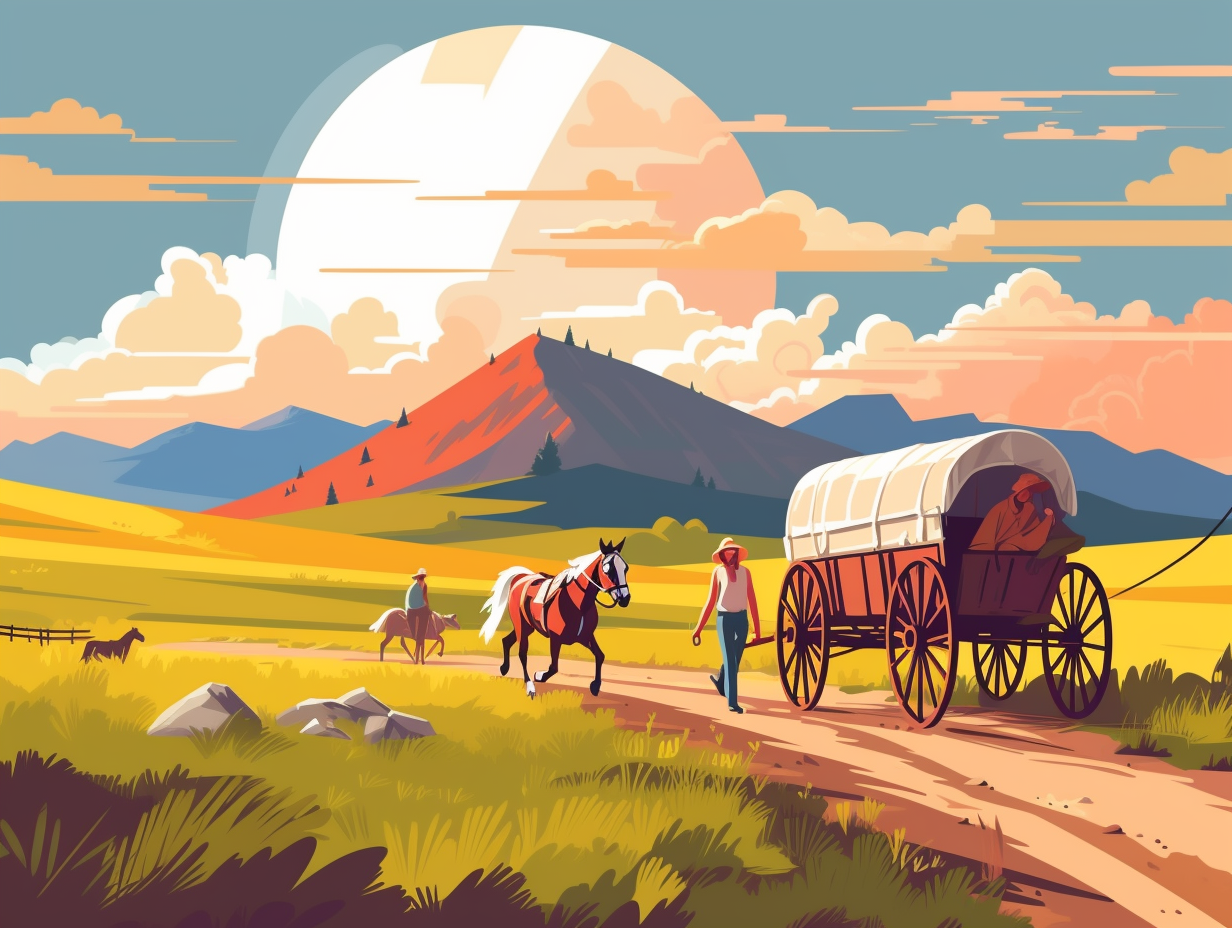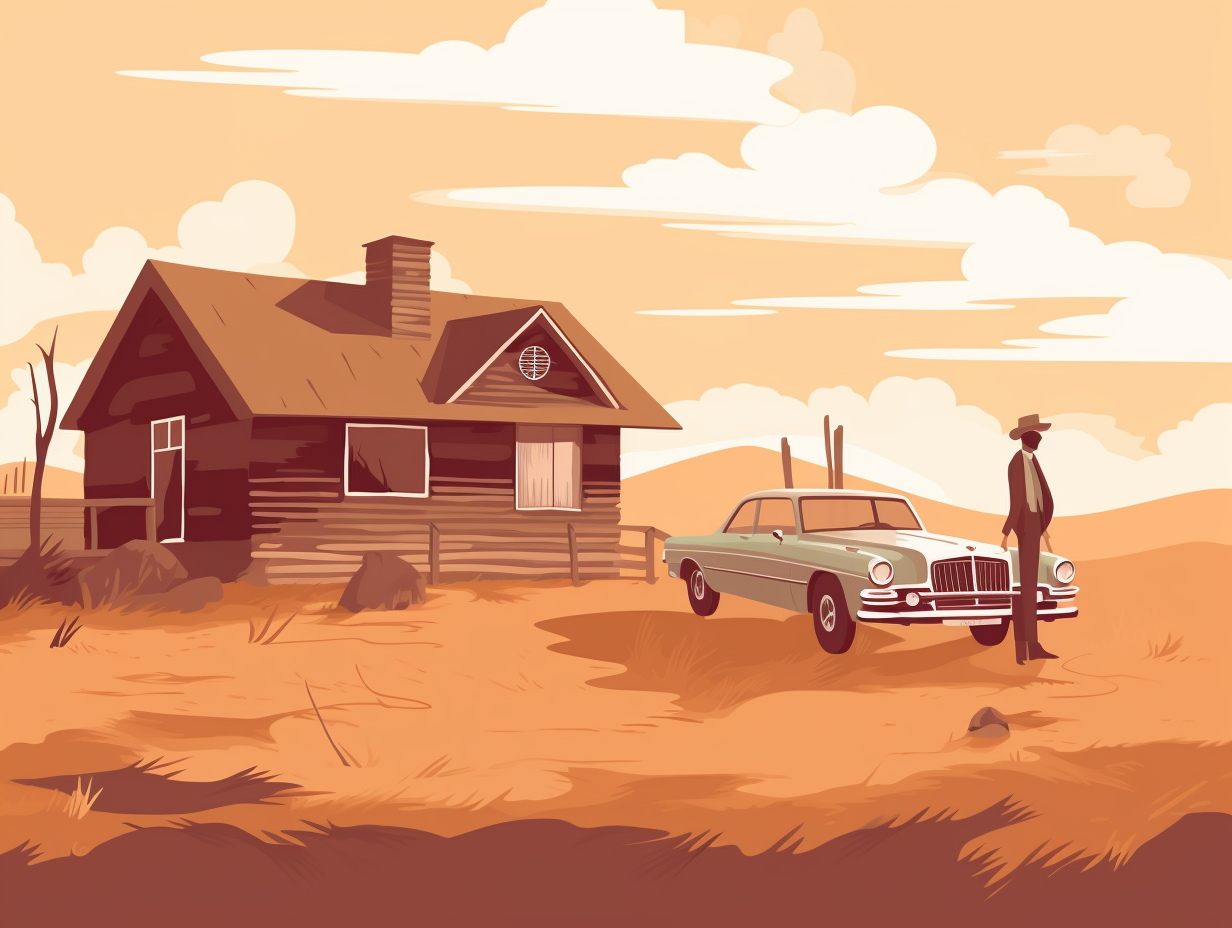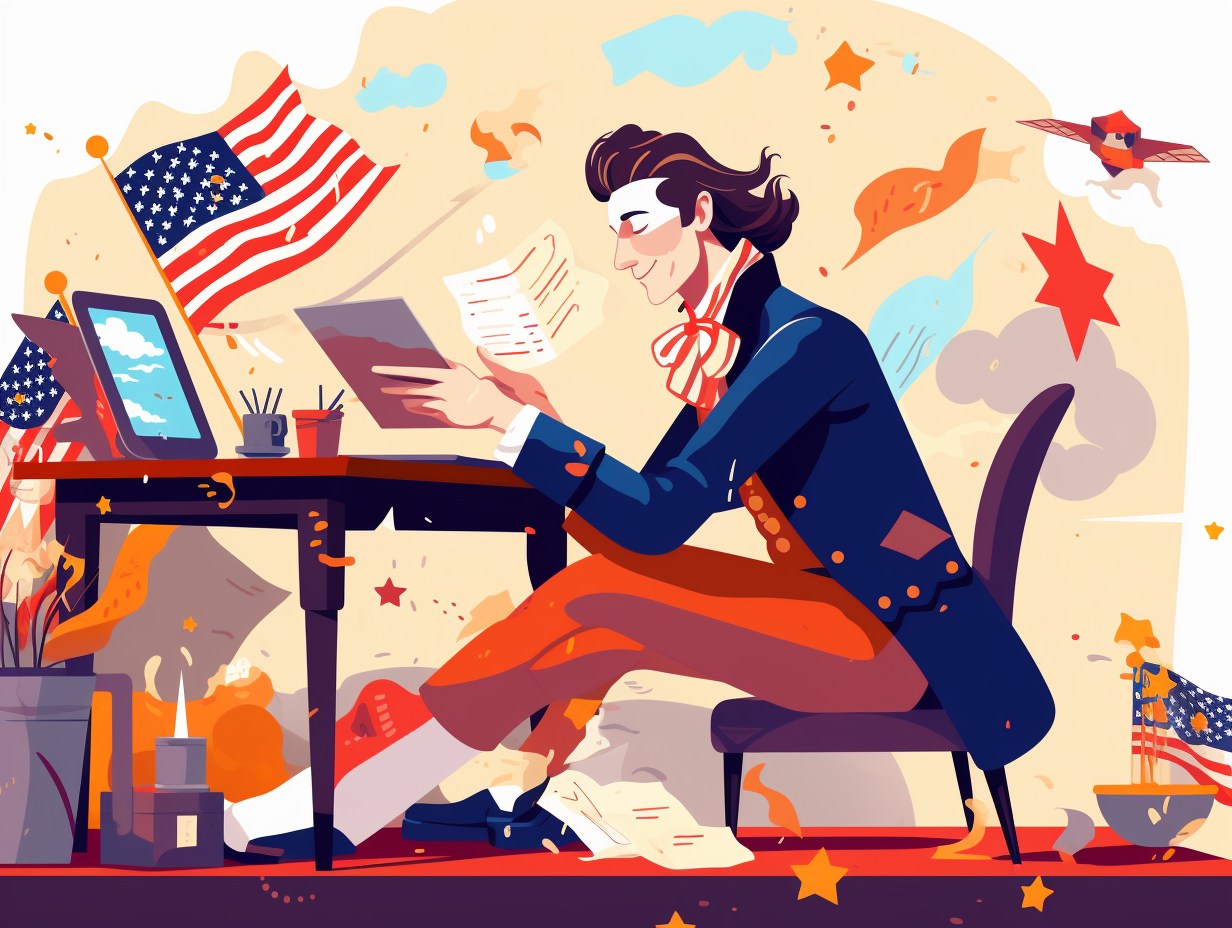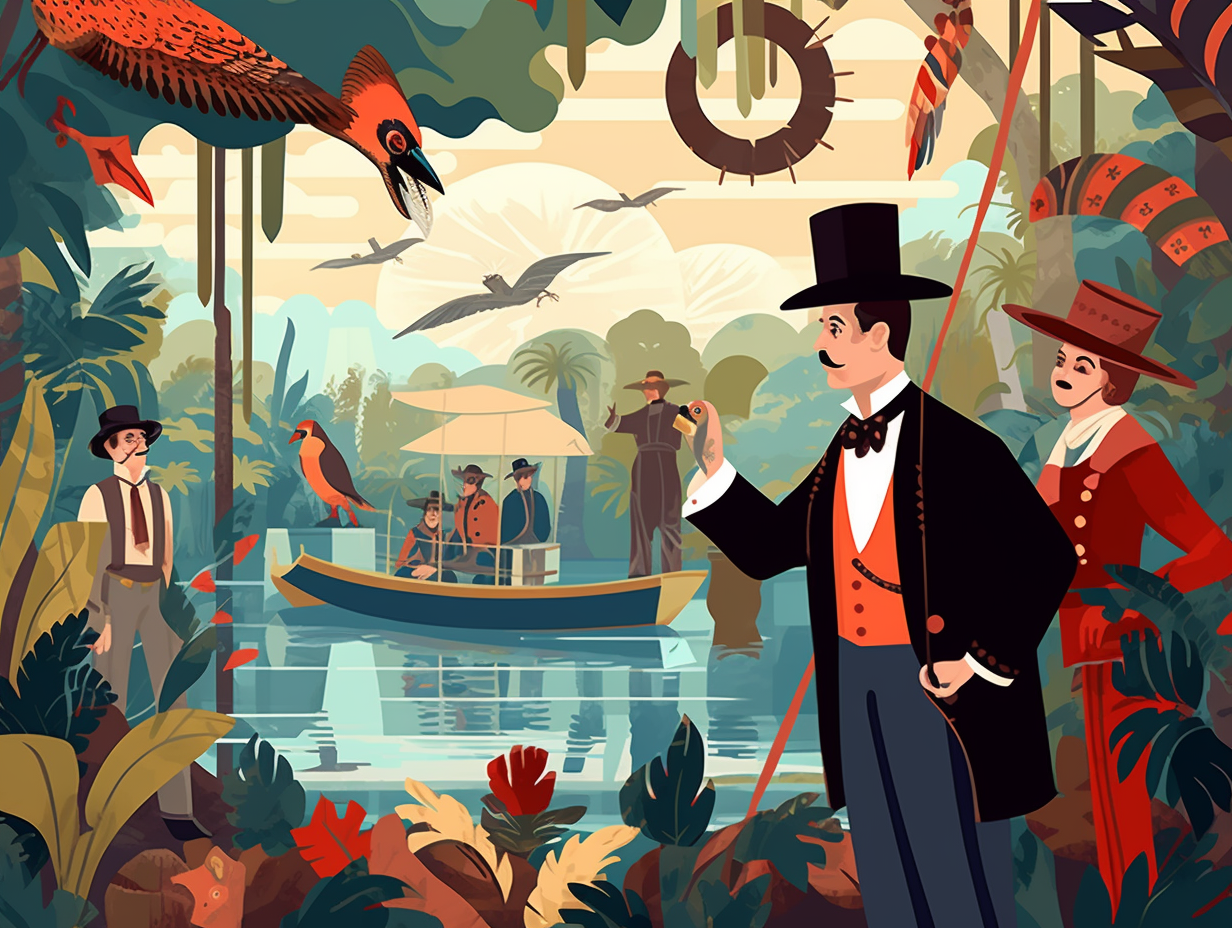15 Amazing Fun Facts About the Star Spangled Banner You Never Knew!

1. Badass Flagmaker Mary Pickersgill
Hold on to your stars, stripes, and sewing kits: The Star-Spangled Banner we know and love, that oh-so-patriotic symbol of America, was actually crafted in 1813 by badass Baltimore flagmaker Mary Young Pickersgill, under the command of Major George Armistead. This humongous 30x42-foot flag had 15 stars and stripes for each state at the time, and flew valiantly during the Battle of Baltimore, enduring a whopping 25-hour bombardment from the Brits. As for the cheeky thieves who snatched away fragments and a whole star over the years, well, let's just say that the Smithsonian still can't crack this founding fathers-approved whodunnit!
Source => smithsonianmag.com
2. From British Drinking Song to Anthem
Before Francis Scott Key turned it into the star-spangled sensation we know today, the melody of America's national anthem was busy serenading boozy gentlemen at an 18th-century British musicians' club while raising wine-stained glasses to a Greek poet: the tune we now proudly hail was specifically composed by John Stafford Smith for the Anacreontic Society in London, where it debuted as "To Anacreon in Heaven" before finding its forever home in the land of the free and the brave.
Source => en.wikipedia.org
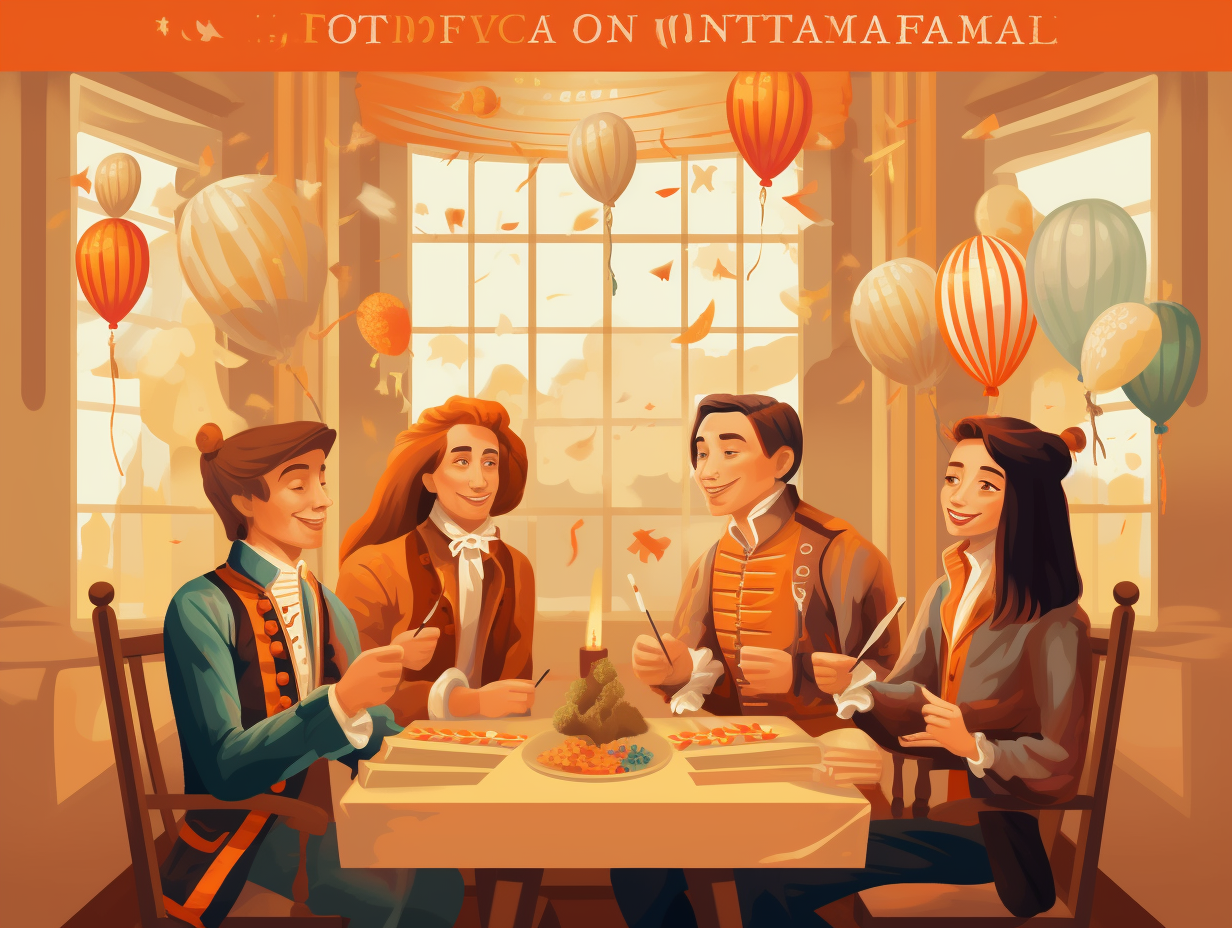
Discover the truth behind John Hancock's audacious autograph and the myth of a price on his head. It's more about pride and defiance than you might think! 🔍🖋️✍️
=> Fun Facts about The-Declaration-Of-Independence
3. 117 Years to Official National Anthem
So you think your teenage years were stubborn, huh? “The Star-Spangled Banner” took a cool 117 years before it officially busted a move and strutted into the national anthem spotlight: It was only in 1916 when President Woodrow Wilson signed an executive order recognizing it as the national anthem, and then in 1931, Congress passed an act confirming ol' Woodrow's decision with President Herbert Hoover's signature turning it into law.
Source => history.com
4. Poetic Key: Locksmith Turned Lyricist
Before Francis Scott Key unlocked the doors of poetic patriotism with a tuneful twist to his locksmith career: He penned a little ditty called the Star Spangled Banner after witnessing Fort McHenry being bombarded by the British forces in 1812, and this proud display of flying colors later became the official national anthem of the United States in 1931.
Source => myvoicecoach.com
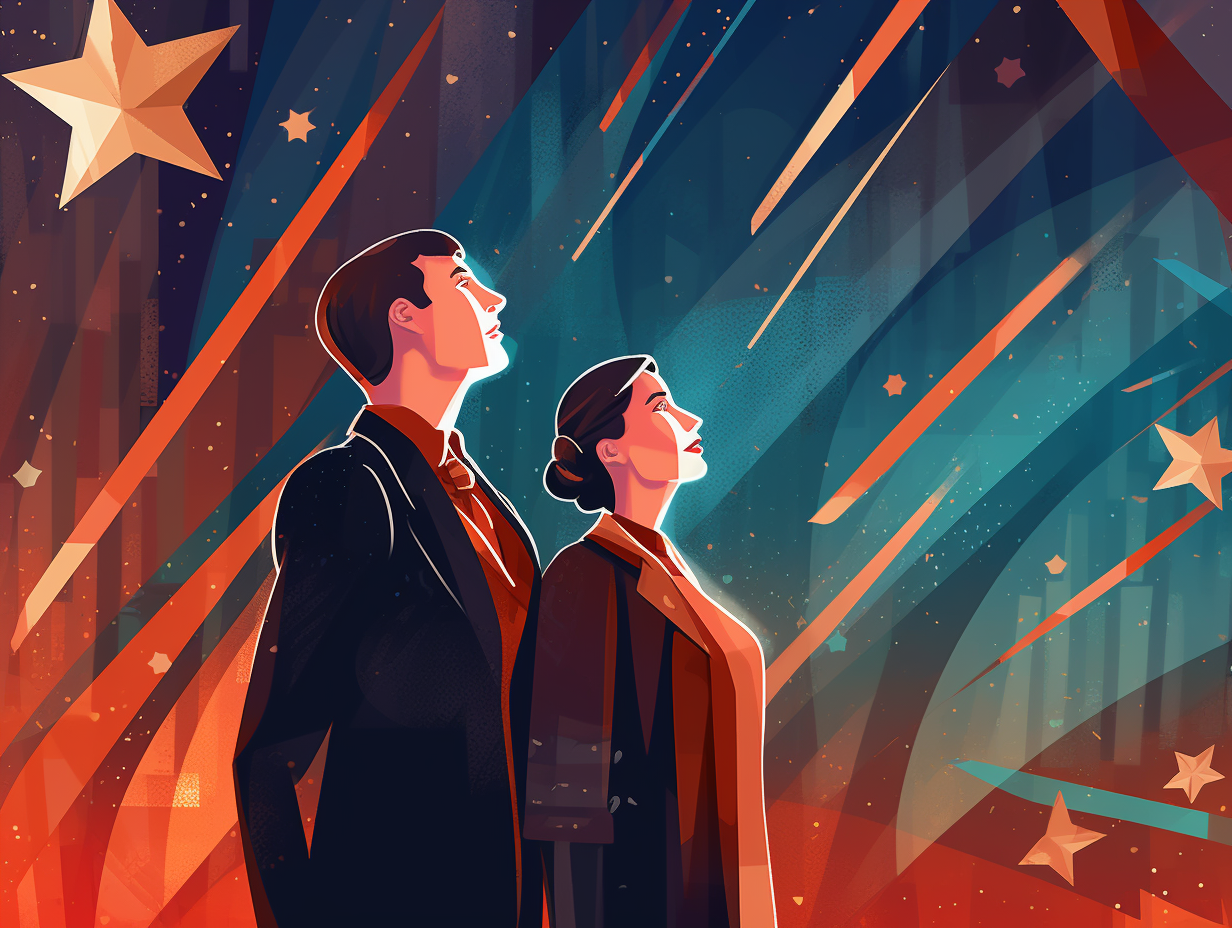
5. The Invincible Fort McHenry Flag
Whether the rockets were red-glaring or the bombs bursting in air, the Brits couldn't quite land the or-DEAL on Fort McHenry: during the War of 1812, American forces ingeniously defended Baltimore, keeping the enormous 30x42 feet flag flying high throughout the 25-hour bombardment – a breathtaking spectacle that inspired none other than Francis Scott Key to pen the lyrics of "The Star-Spangled Banner," our beloved national anthem.
Source => nps.gov
6. The Fashionably Striped Banner
Before "The Stars and Stripes" met "Torn and Frayed": The Star-Spangled Banner flag was a colossal sight at 30 feet by 42 feet, crafted by Mary Pickersgill in 1813 with 15 stars and 15 stripes for each state at the time. Commissioned by Major George Armistead for Fort McHenry in Baltimore, it took center stage in the Battle of Baltimore, inspiring Francis Scott Key to pen the iconic national anthem, and now resides in the Smithsonian's National Museum.
Source => si.edu
7. The Harmonious Challenge
Feeling pitchy? Singing "The Star-Spangled Banner" might just be the culprit! Known for tripping up the vocal cords of both amateurs and celebrities alike, this patriotic tune has been causing headaches for singers since its adoption as the national anthem in 1931: The melody, originally from an 18th-century British drinking song called "To Anacreon in Heaven," was criticized for being too complex and high-pitched for everyday crooning at public events or in schools by the Music Supervisors National Conference. Nevertheless, this harmonious challenge continues to strike a chord in the hearts of Americans as a symbol of national pride.
Source => theatlantic.com
8. Stripes' Party for the Star-Spangled Banner
In the fashion world, stripes come and go, but for the Star-Spangled Banner, it's a party that never stops: This iconic American flag boasts fifteen stripes instead of the usual thirteen, thanks to the United States Congress's Flag Act of 1794, which permitted the addition of new stripes and stars as new states joined the Union, such as Vermont and Kentucky. Although the extra stripes were later discontinued, the Star-Spangled Banner remains a fabulous and unforgettable piece of American history.
Source => en.wikipedia.org
9. Francis Scott Key: Devout Artilleryman
Holy Artillery, Batman! Looks like the tune of faith couldn't keep one devout gentleman away from defending his nation with fire and brimstone: Francis Scott Key, known for his strong religious beliefs, couldn't resist the call to arms and briefly served in Captain George Peter's Georgetown Light Field Artillery during the War of 1812.
Source => nps.gov
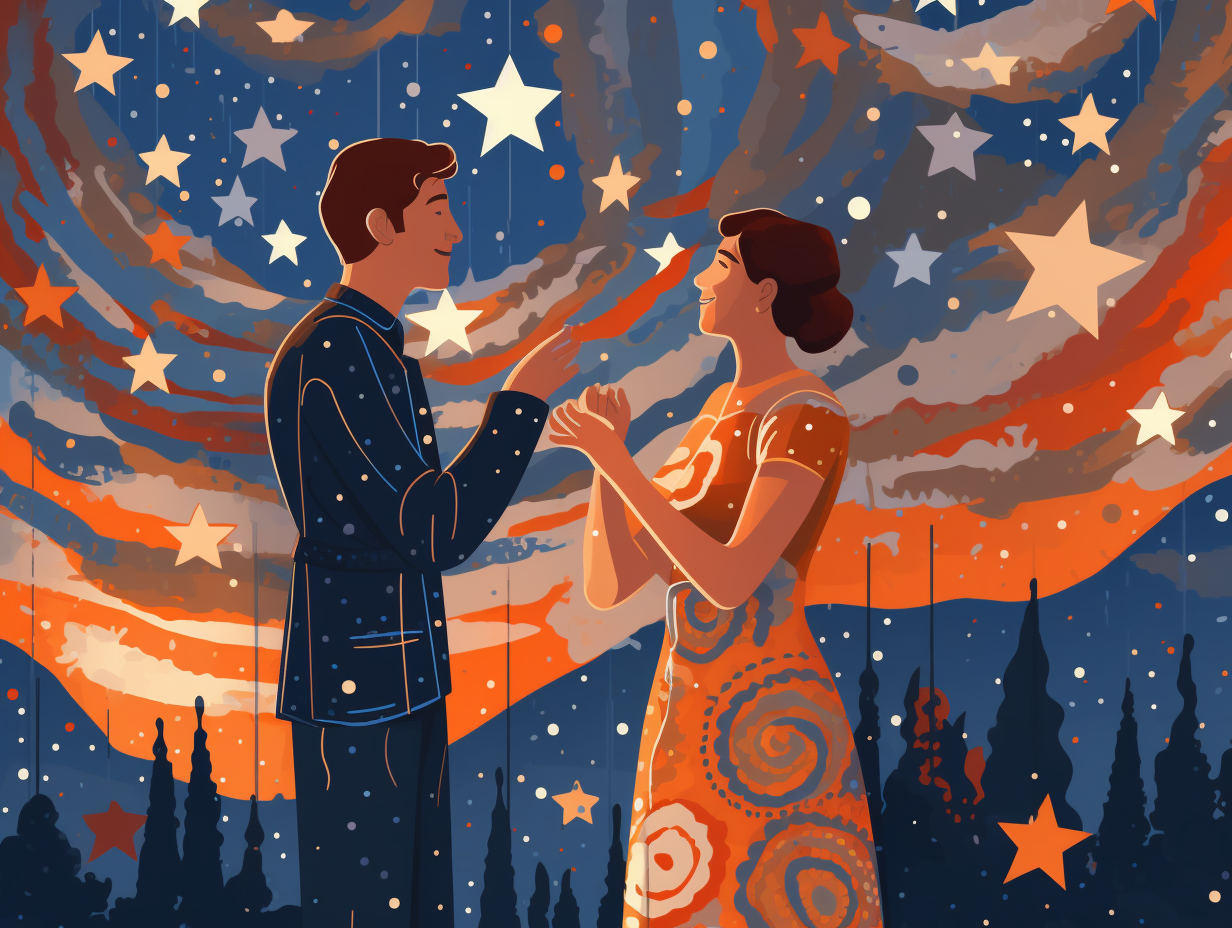
10. Navy's Indie Anthem Jam
Before "The Star-Spangled Banner" skyrocketed to the top of the charts as America's national anthem, it was just another indie song jamming with the United States Navy: It was first officially used by the Navy in 1889, a whole 42 years before it became the official anthem in 1931. President Woodrow Wilson got the band back together in 1916, ordering the tune to be played at military and other occasions. Fast forward to today, and it's the headlining act at every baseball game since World War II, though it had already snuck into opening day gigs as far back as 1897.
Source => en.wikipedia.org
11. A Patriot's Captivating Firework Display
Hold onto your vocal cords and wave those patriotic flags high: "The Star Spangled Banner" is not only notoriously difficult to belt out, but it also has a history as captivating as a star-spangled firework display! Factual firecracker: The lyrics were penned by Francis Scott Key during the War of 1812 as he marveled at the American flag's resilience against British bombardment at Baltimore's Fort McHenry, and the song itself was designated as our national anthem in the not-so-distant past of 1931.
Source => abcnews.go.com
12. Flag Retirement at the National Museum
Rumor has it that the Star-Spangled Banner is the ultimate party animal, attending every patriot's festivities across the nation since 1814, but don't believe everything you hear: In reality, the famous flag has been retired from the party scene and has been meticulously preserved by the Armistead family, eventually finding a permanent home at the National Museum of American History in Washington D.C., where it entertains visitors with its grand 30x34-foot presence and rich history.
Source => si.edu
13. Oliver Wendell Holmes' Spin-off Verse
Ready for a lyrical plot twist? Hold onto your quills, fellow patriots, because our dear "The Star-Spangled Banner" has a spin-off chapter only the most studious history buffs have encountered: an unofficial fifth verse, penned by poet Oliver Wendell Holmes during Civil War strife! Focusing on a "foe from within" and looking toward the emancipation of enslaved people, this verse might not be part of the official anthem, but it does serve up a healthy dose of patriotic reflection and constitutional loyalty.
Source => npr.org
14. All-Female Sewing Squad's Creation
When it's raining cats and dogs, you need the finest flock of sewing extraordinaires to stitch together a startling surprise for the enemy: Mary Pickersgill and her all-female team, including her daughter, two nieces, and an African American indentured servant, spent seven weeks skillfully crafting the 30 x 42-foot Star-Spangled Banner by painstakingly piecing together strips of English wool bunting – earning $405.90 in the process, which was more than many Baltimoreans' yearly salary at the time.
Source => amhistory.si.edu
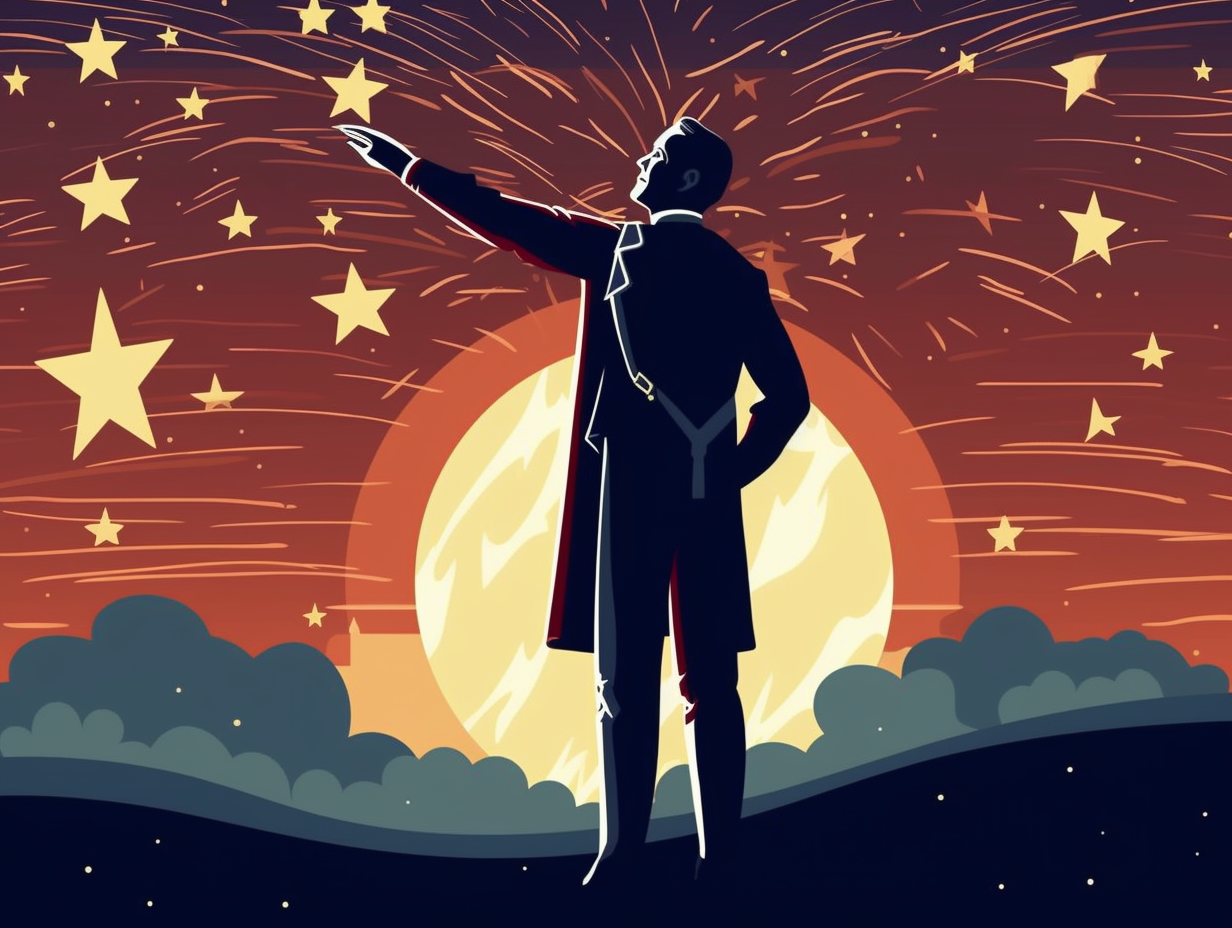
15. A Letter to History: Key's Jotting Moment
When Francis Scott Key found himself in a bombardment of poetic inspiration, he "flagged" down the nearest piece of paper he could find and jotted his explosive thoughts: The Star-Spangled Banner was actually born from a sighting of the American flag flying victoriously over Fort McHenry after a night of relentless battle, leading Key to pen the iconic lyrics on the back of a letter before completing all four verses and having them printed and distributed.
Source => amhistory.si.edu
Related Fun Facts

